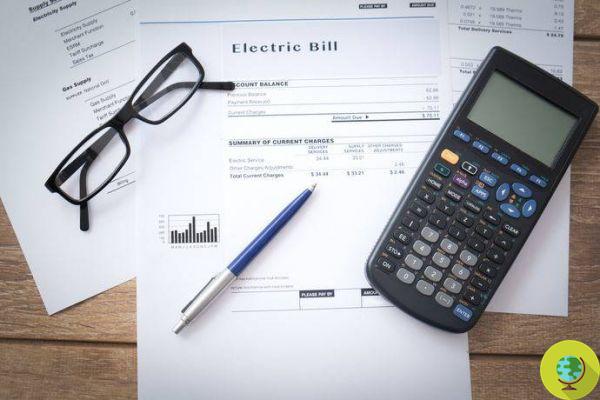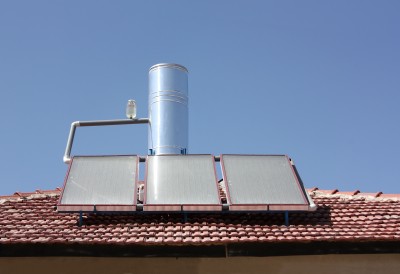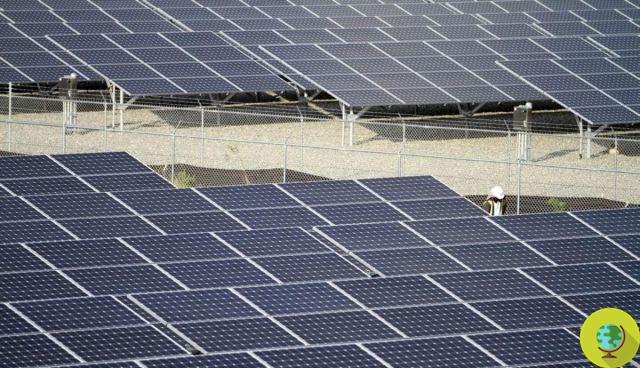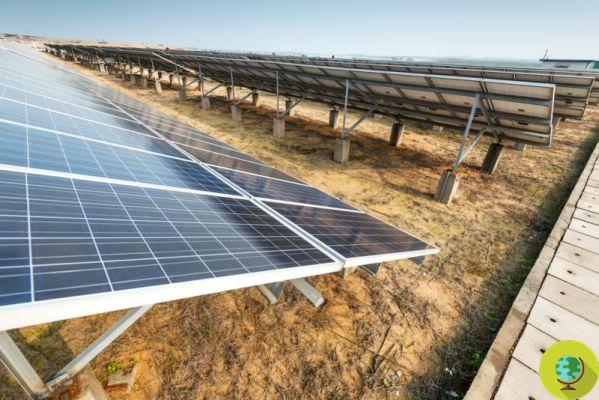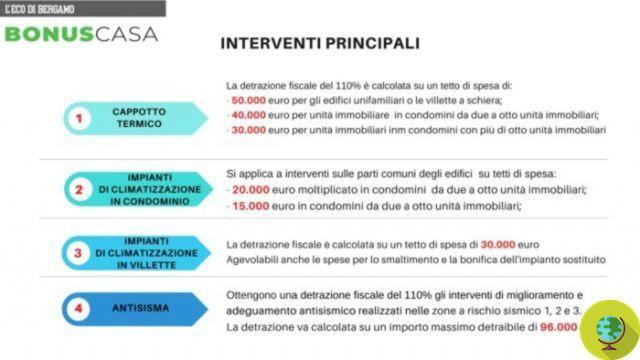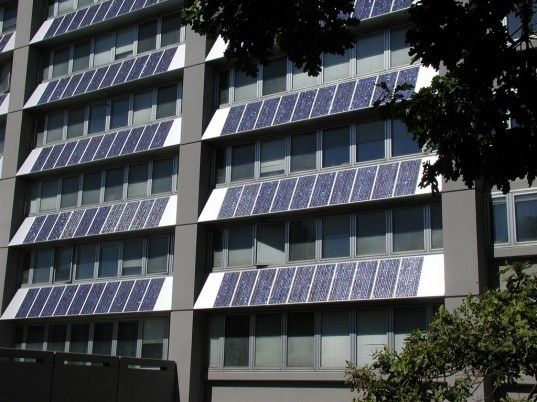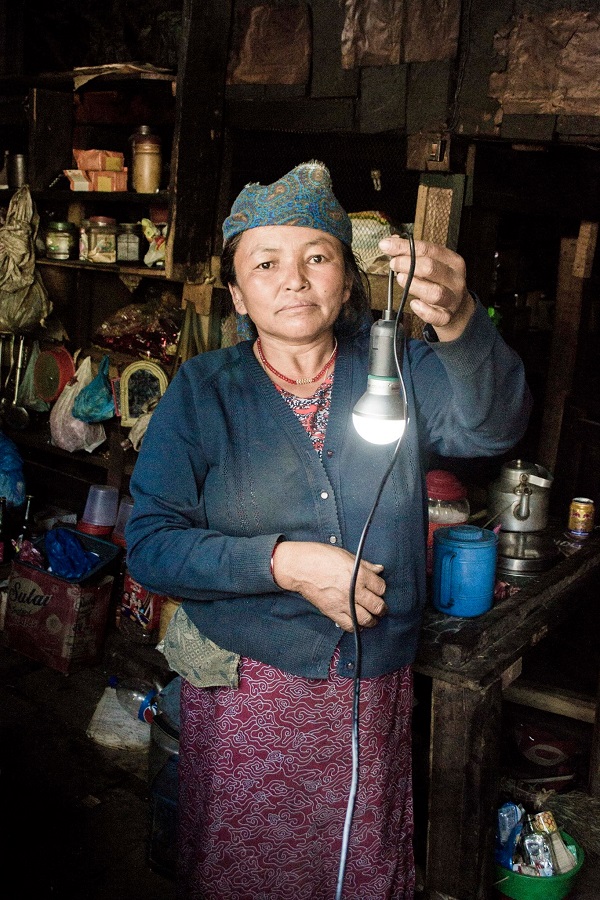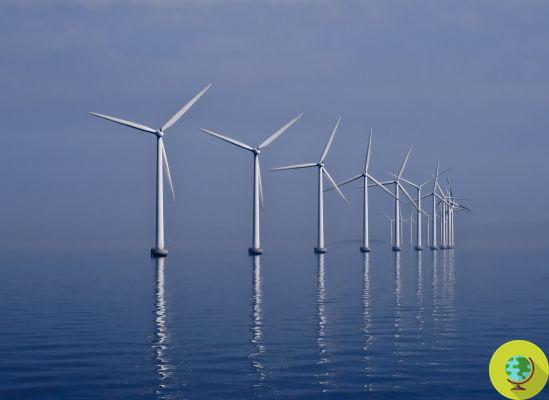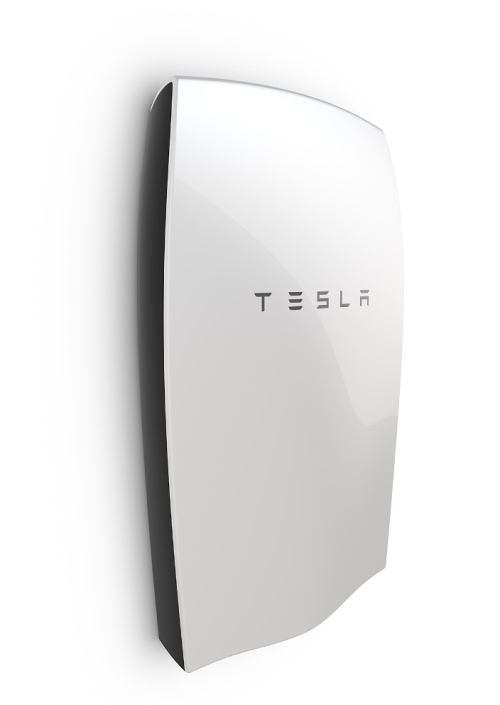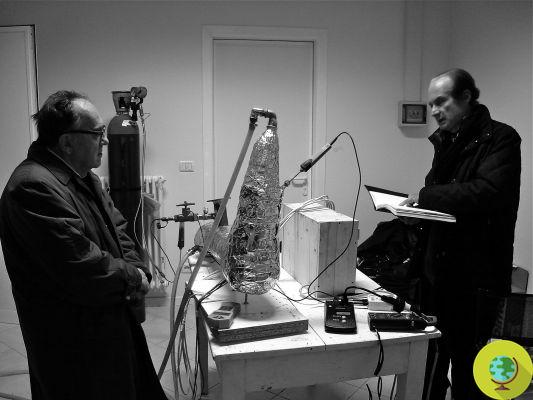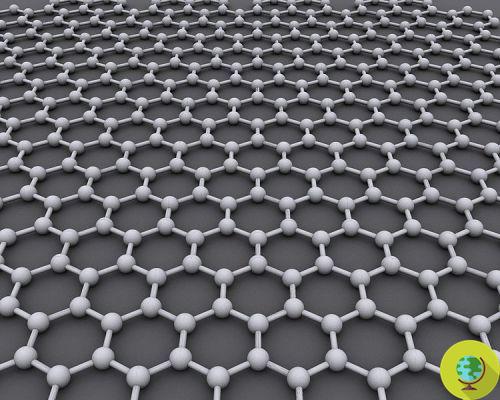
There could be a real Russian revolution in the future of photovoltaics, and not only that, thanks to the discovery of a new highly conductive, transparent, flexible, but at the same time resistant material. It is graphene, which could be used to build photovoltaic cells and panels, a material resulting from the studies and experiments of two scientists of Russian origin: Andre Geim, 51, and Konstantin Novoselov, 36 who, thanks to their efforts, they just earned the Nobel Prize in Physics.
He is about to end up run over, his mother saves him There could be a real "Russian revolution" in the future of PV, and not only, thanks to the discovery of a new highly conductive, transparent, flexible, but at the same time resistant material. This is the "graphene", Which could be used to build photovoltaic cells and panels, a material resulting from the studies and experiments of two scientists of Russian origin: Andre Geim, 51 years old, and Konstantin Novoselov, 36 years old who, thanks to their efforts, have just earned the 2010 Nobel Prize in Physics.
And the Nobel committee itself identifies the PV among the possible applications of the new material: “almost transparent and excellent conductor, the Graphene is particularly well suited for producing transparent touch screens and possibly solar cells"Of the new generation. So we read in the reasons that led to the awarding of the prestigious award to the two scientists.
Graphene, in fact, could be used in place of the silicon, to do solar panels and more, also for other electronic applications, for example for computer integrated circuits, creating "chips" and processors with a computational speed up to a thousand times higher than that of current circuits. It is hardly possible to imagine such speed. Graphene, in fact, has shown great electronic capabilities and in some laboratories, not surprisingly even those of IBM, very thin sheets have already been created with electronic circuitry engraved on them and work is already underway to improve the mobility of electrons.
But the silicon it is also the material that, processed and reduced to very thin sheets, the so-called "wafers“, Is used to construct the photovoltaic panels. In addition, graphene has proved extremely resistant, even 100 times more than steel, but at the same time flexible, so much so that it could be joined, for example, to the plastic.With graphene, therefore, it is possible to create displays and devices that are as docile and flexible as a sheet of paper with an extraordinary transparency and optical performance. Furthermore, in some labors of the MIT of Boston (Massachusetts Institute of Technology) it was found that graphene can produce electricity directly from heat. All these characteristics, therefore, would make graphene particularly suitable for photovoltaic and solar technology.
Graphene studies have begun 6 years ago but new applications are constantly being discovered for this material. Although for now the production process is restricted to laboratories, there are, in fact, many expectations. There are even those who argue that graphene, whose atoms are arranged in a hexagonal way, so as to make it particularly stable, can radically change our lives including, therefore, photovoltaics and the future of renewable energy, the green economy and of the environment.Andrea Marchetti




